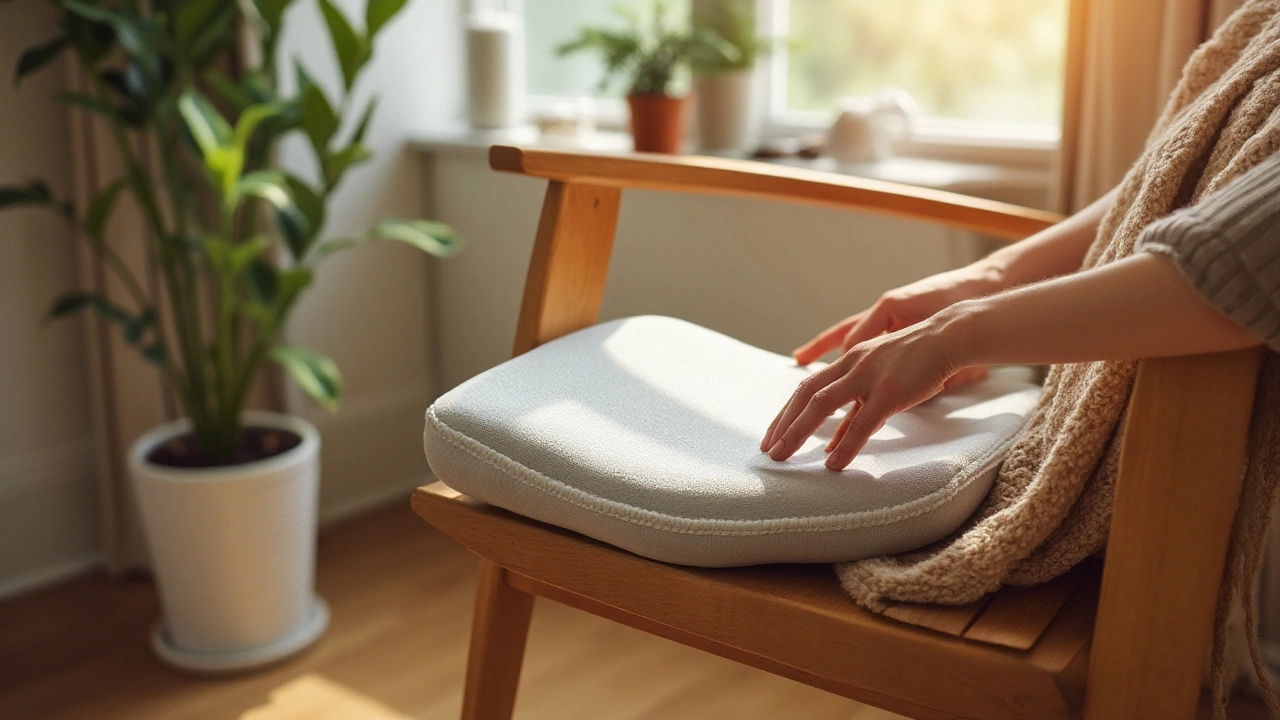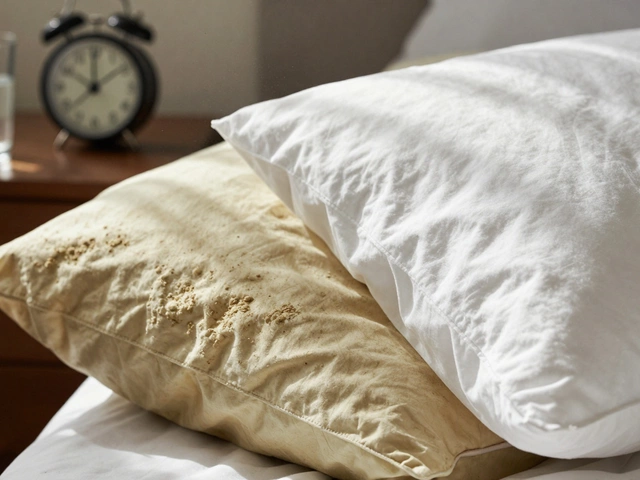Sciatica Cushions – Quick Relief for Lower Back Pain
If you sit a lot and get that sharp, shooting pain down your leg, you’re probably dealing with sciatica. A good cushion can take the pressure off the nerve, keep your spine in a better position, and let you sit longer without the ache. The right cushion feels like a gentle hug for your tailbone and hips, not a hard rock you have to endure.
Why a Sciatica Cushion Works
Sciatica cushions are made to support the natural curve of your lower spine. Most of them have a cut‑out or a dip in the middle that creates a small space for the tailbone. This space reduces pressure on the sacral nerves, which are often the source of that nasty tingling. The material—whether memory foam, gel, or a mix—conforms to your shape, spreading your weight evenly across the seat. When the weight is balanced, the muscles around the sciatic nerve don’t have to work as hard, and the pain eases.
Another key feature is the cushion’s firmness. Too soft and you sink, forcing the hips to tilt forward; too hard and the pressure stays on the exact spot that hurts. Most experts recommend a medium‑firm feel that gives a little give but still supports your pelvis. Some cushions also have a breathable cover, so you don’t get sweaty during long work days.
Choosing the Right Cushion
Start by checking the size. Your cushion should be wide enough to cover the whole seat of your chair, and long enough to sit comfortably without sliding forward. If you’re using a car seat, look for a compact version that still has the central cut‑out.
Next, think about the material. Memory foam is popular because it molds to your body, but gel‑infused foam can stay cooler if you tend to get hot. If you have allergies, pick a hypoallergenic cover that you can wash regularly. A removable, machine‑washable cover is a plus – it keeps the cushion fresh and extends its life.
Finally, test the cushion if you can. Sit on it for a few minutes and notice how it feels under your hips and tailbone. You should feel a subtle lift, not a jolt. If you’re buying online, read reviews that mention how the cushion helped with sciatica specifically, not just general comfort.
Once you have the right cushion, use it consistently. Place it on any chair you sit in for more than 30 minutes – office chair, kitchen stool, even the car. Pair it with short stretch breaks: stand up, walk around, and do a quick hamstring stretch. Those moves keep blood flowing and prevent the nerve from getting stuck again.
Keeping the cushion clean is simple. Spot‑clean spills right away, and give the cover a wash every few weeks. A clean cushion not only smells better but also stays supportive longer.
In short, a sciatica cushion is a low‑cost tool that can make a big difference if you spend a lot of time sitting. Pick one that fits your chair, offers medium‑firm support, and has a breathable cover. Use it every day, move a bit, and you’ll likely notice less pain and more comfort – whether you’re at a desk, at home, or on the road.

Exploring the Efficacy of Sciatica Relief Cushions
Sciatica is a common issue that causes discomfort in millions of people worldwide. Many look for relief through various methods, including specialized cushions designed to alleviate pain. This article explores whether these cushions effectively provide the much-needed comfort and support for sciatica sufferers, along with tips on selecting the right cushion for individual needs.
Categories
- Storage (27)
- Bathroom (18)
- Sofas (15)
- Curtains (15)
- Home Decor (12)
- Bedding (11)
- Kitchenware (11)
- Cushions (11)
- Mirrors (10)
- Rugs (9)



